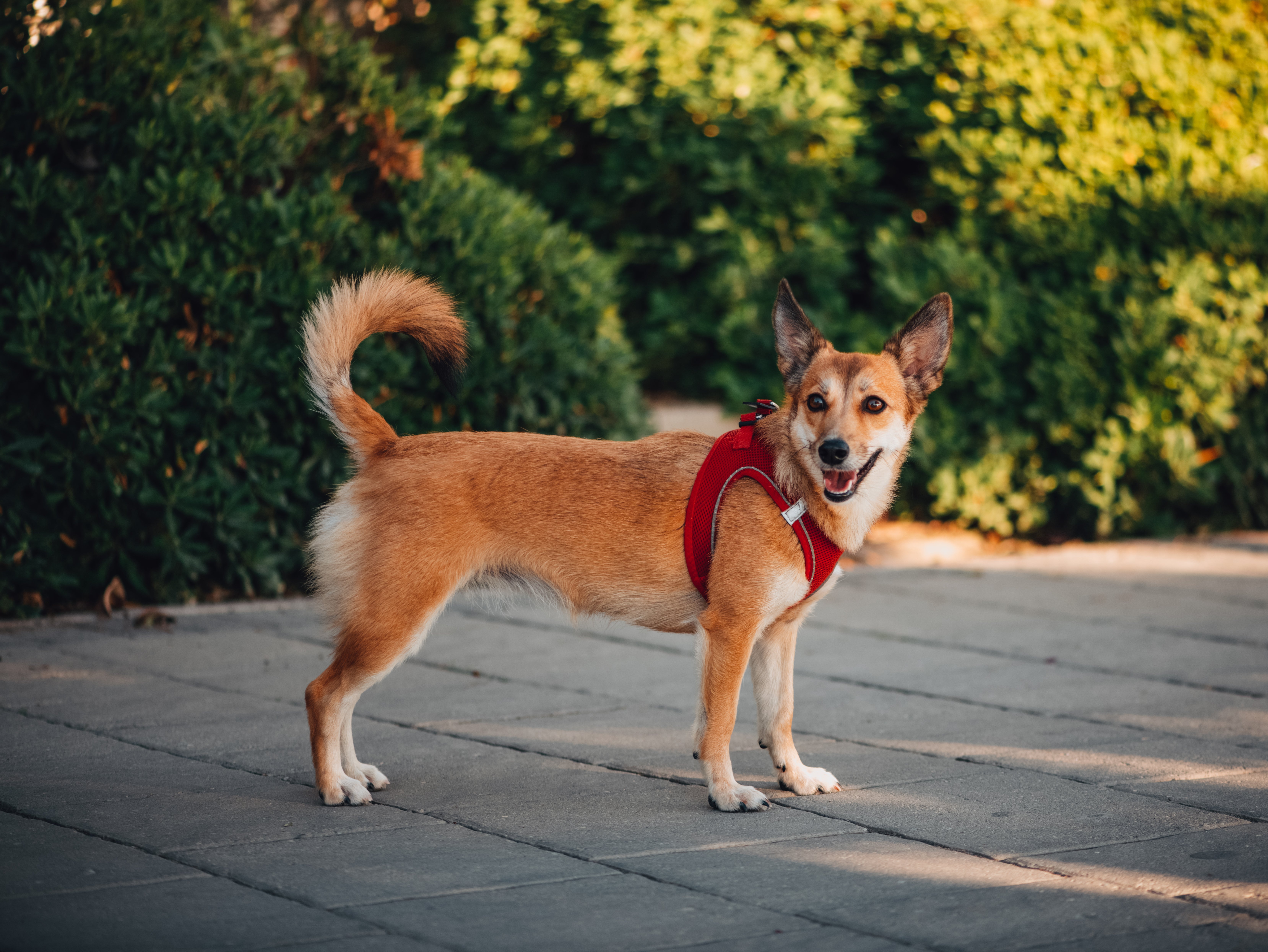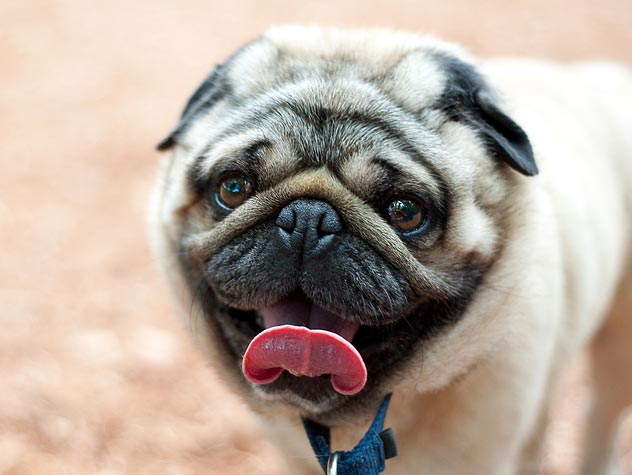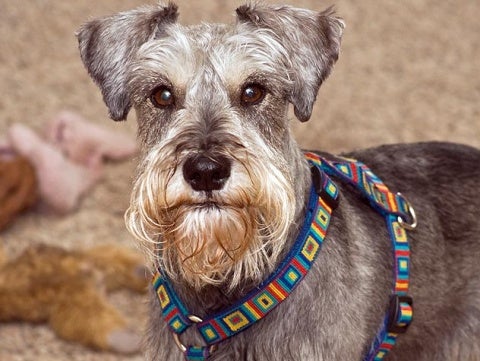Norwegian Lundehund
The Norwegian Lundehund is a unique Spitz-type dog, originally bred to catch puffins in Norway. They have extra toes that help them grasp cliffs, and their heads are so flexible they can bend them all the way backward. They are athletic and agile dogs with a medium-length double coat and soft underfur to keep them warm.
Breed characteristics carousel
Learn More
Need to Know
- Dog suitable for owners with some experience
- Extra training required
- Generally healthy breed
- Enjoys active walks
- Small dog
- Minimal drool
- Requires frequent grooming
- Chatty and vocal dog
- Barks and alerts to visitors/anything unusual
- Could have issues with unknown dogs but gets along with known dogs
- Gets along with other pets with training
- May need additional supervision to live with children
- Needs a large yard, either in suburban or rural areas
- Can be left alone occasionally with training
- AKC Registered Breed

Personality
Independent and curious, the Norwegian Lundehund is a free thinker. They can climb and dig, which means they can get up to no good quickly, so it’s important to train them well. They get along well with kids and pets if raised with them. Alert and vigilant watchdogs, they can tend to bark excessively.
The Norwegian Lundehund is a unique dog thanks to its flexibility—they can bend their heads all the way back—and their distinctive six-toed feet. These qualities have helped them perform dangerous jobs over rocky and rough terrain for hundreds of years. The name Lundehund means “Puffin Dog” in Norwegian, alluding to the dog’s past as a bird dog. They were almost extinct but interest in the dog grew in the 1960s, with the dogs first arriving in America in the late 1980s.
Ideal owners will have experience with Spitz-type dog breeds and be able to motivate, train, and enjoy the dogs. They are outdoorsy types and have high exercise needs. They can be very shy if not socialized properly, so it’s important owners commit to socialization to create well-mannered and confident dogs. Independent thinkers, they can be stubborn, so a patient and gentle approach to training is required.
The Norwegian Lundehund dog is happiest when they are outside doing something active, whether that be hiking, running, leash walking, or swimming.
The Lundehund dog needs ample area to explore outdoors, so it’s preferable that they have a home with a fenced-in yard. Access to water would be a bonus. They are small dogs and can get by in city dwellings so long as they get plenty of exercise.
The double coat of the Norwegian Lundehund dog is low-maintenance. Brushing will help remove loose hair and dirt.
The sensitive Norwegian Lundehund struggles with trust issues. They don’t do well with harsh talk or insensitive methods, so positive reinforcement and lots of praise are necessary. Early and ongoing socialization of Lundehund dogs is essential to give them confidence.
The Norwegian Lundehund dog is devoted to its family and loving towards them. They can be reserved or aloof with strangers. They do best with families with older children or no children.
The cost of a Norwegian Lundehund from a breeder is significantly more than the cost of adopting one from a local shelter or rescue. The adoption fee usually covers additional items such as spaying or neutering, vaccines, and microchipping.

Learn more about feeding and caring for your Norwegian Lundehund on Purina.
Did You Know?
- The Norwegian Lundehund can climb, tunnel, and swim.
- Their name means “Puffin Dog,” alluding to their history as a bird dog.


